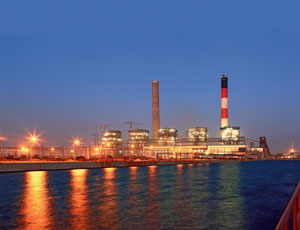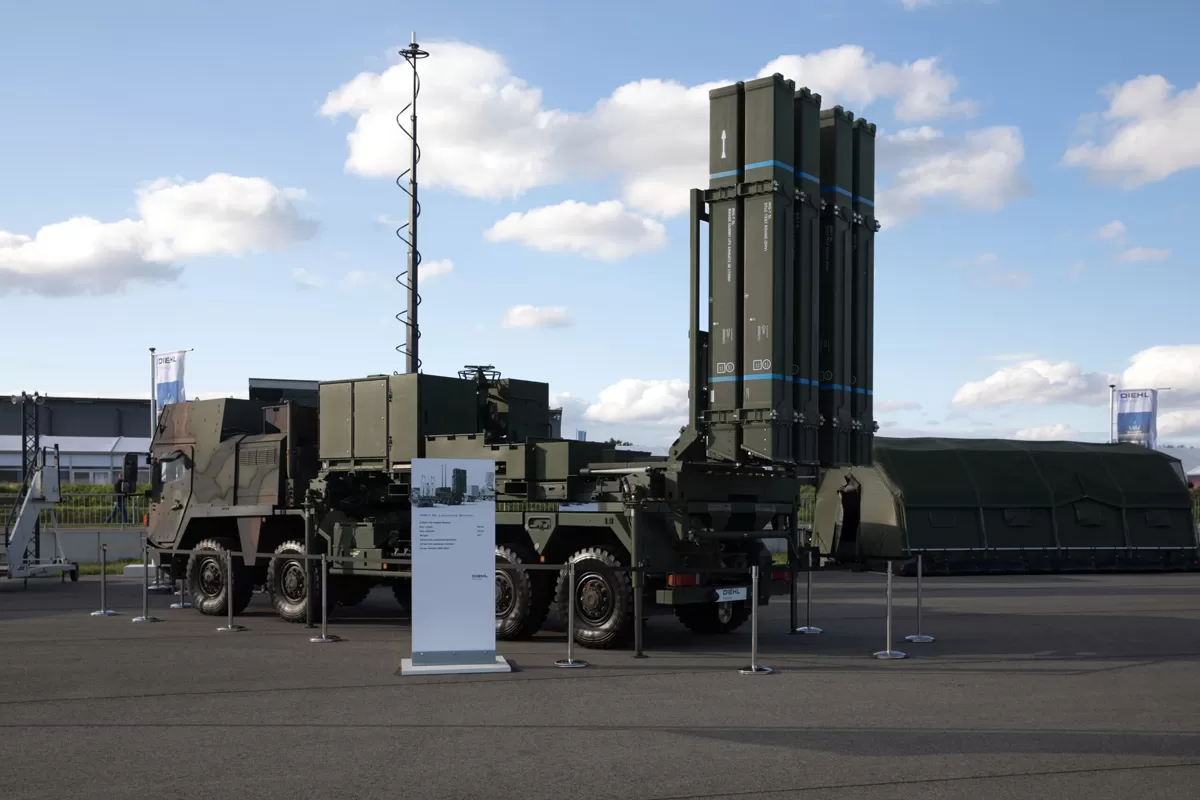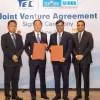KK Sharma, Executive Director & CEO, Coastal Gujarat Power Ltd, expounds on the new technologies and initiatives that helped Tata Power's Mundra Ultra Mega Power Plant (UMPP) in Gujarat to become one of the most efficient facilities of its kind in the country.
In line with the objective of 'Power to all by 2012', the Government of India initiated the ambitious UMPP programme in 2005. Each of these projects, with an installed capacity of 4,000 MW, was envisaged to make power available at minimum cost through economies of scale and superior energy efficiency and environment-friendly technology.
The development of these UMPPs in the PPP mode was undertaken on competitive tariff-based bidding, where SPVs were set up by the Power Finance Corporation (PFC), which was appointed by the Government of India as a nodal agency. The SPVs were responsible for all initial development work, including obtaining required land, environmental and other clearances for the project even before handing over to the developers after the bidding exercise. So far, 16 UMPPs have been planned in various states including Andhra Pradesh, Chhattisgarh, Gujarat, Jharkhand, Karnataka, Madhya Pradesh, Maharashtra, Odisha and Tamil Nadu. Of these, four have been allotted and the Mundra UMPP is the only fully commissioned plant.
Coastal Gujarat Power Ltd (CGPL), Tata Power's wholly owned subsidiary, developed the 4,000 MW (800 MW + 5 units) UMPP near Mundra in Gujarat, India. This is the first 800-MW unit based on supercritical technology in India and the most energy-efficient, coal-based thermal power plant in the country today. The plant is now fully operational and a major landmark in project execution excellence.
Energy-efficiency
To make the plant energy-efficient and reduce its greenhouse gas emissions, supercritical technology and imported coal from Indonesia were used. Equipment imported from Korea and Japan also helps generate reliable power that improves the competitiveness of manufacturing and services industries dependent on expensive alternative of diesel generation to ensure continual production during load shedding and power cuts. The competitively priced power also improves access to electricity in rural and urban areas while reducing subsidy burden on the states. The choice of imported coal significantly lowers sulphur emissions. Owing to lower ash content, less area is required for ash disposal and there is a lower impact on air quality.
Techno-fit
Multiple approaches, including the installation of a micro-hydel plant in the outfall channel to harness the flow of water (under construction) and a solar plant at the township to cater to the hot water requirements of the kitchen facility were adopted to reduce the complex's carbon footprint and promote green generation of power. Additionally, special acoustic enclo-sures have been provided to control noise level.
High-efficiency electro static precipitators (ESPs) have been installed to control particulate matter emissions. Flyash from ESP is transferred in closed pneumatic pipelines that help control fugitive emission. All coal ash generated from the plant is collected and stored within the plant premises in silos and ponds. Dry ash is transported in closed and sealed bulk carriers for utilisation in the cement industry. There is no possibility of any ash being exposed to the environment or probability of release of heavy metals that can bio accumulate, as has been wrongly construed by some. High-density polyethylene (HDPE) lining has been provided in ash pond and outfall channel to avoid ash water/seawater ingress into the ground.
Low Nox Burners for burning pulverised coal are specially designed to reduce at least 35 per cent Nox emission compared to other burners. Also, 275-m tall stacks have been built to disperse the emitted gases so that minimum impact is felt at ground level. And a 7-km-long outfall channel has been constructed to ensure enough cooling of hot condenser cooling water before it is released to sea.
Planned sustainability
The company has undertaken several other initiatives in the plant premises to ensure sustainability. An effluent treatment plant (ETP) has been provided for the treatment of plant drains and other effluents alongside a sewage treatment plant (STP) and for the treatment of sewage and domestic effluents. Water from the treatment plants is being used for horticultural initiatives. Along with dust control equipment such as ash silo, ESP, bunker silos, etc, hoods in coal conveyor and dust suppression systems are provided in coal handling area and a dry fog system in all junction towers control fugitive dust emission. As CGPL recognises fugitive emissions from coal conveyors and stockpiles as potential pollution sources, it is developing a peripheral green belt of 100-m width along the space between the plant's boundary wall and coal yard. Wind barriers of 9-m height have been installed near the coal yard to control coal-dust fugitive emissions resulting from the high wind speed characteristic of the Mundra coast region.
As the need to promote thermal power projects with lower greenhouse gas emissions increases in India, projects such as the Mundra UMPP will help meet the energy needs of the country in a sustainable and responsible manner.
Project Highlights
Size: 4,000 MW
Value: $4.2 billion
Completion: 2013
Developer: CGPL-Tata Power. Tel: 022-66658282.
Website: www.tatapower.com
Contractor: CGPL
To share your views on this project, write in at feedback@ASAPPmedia.com



















